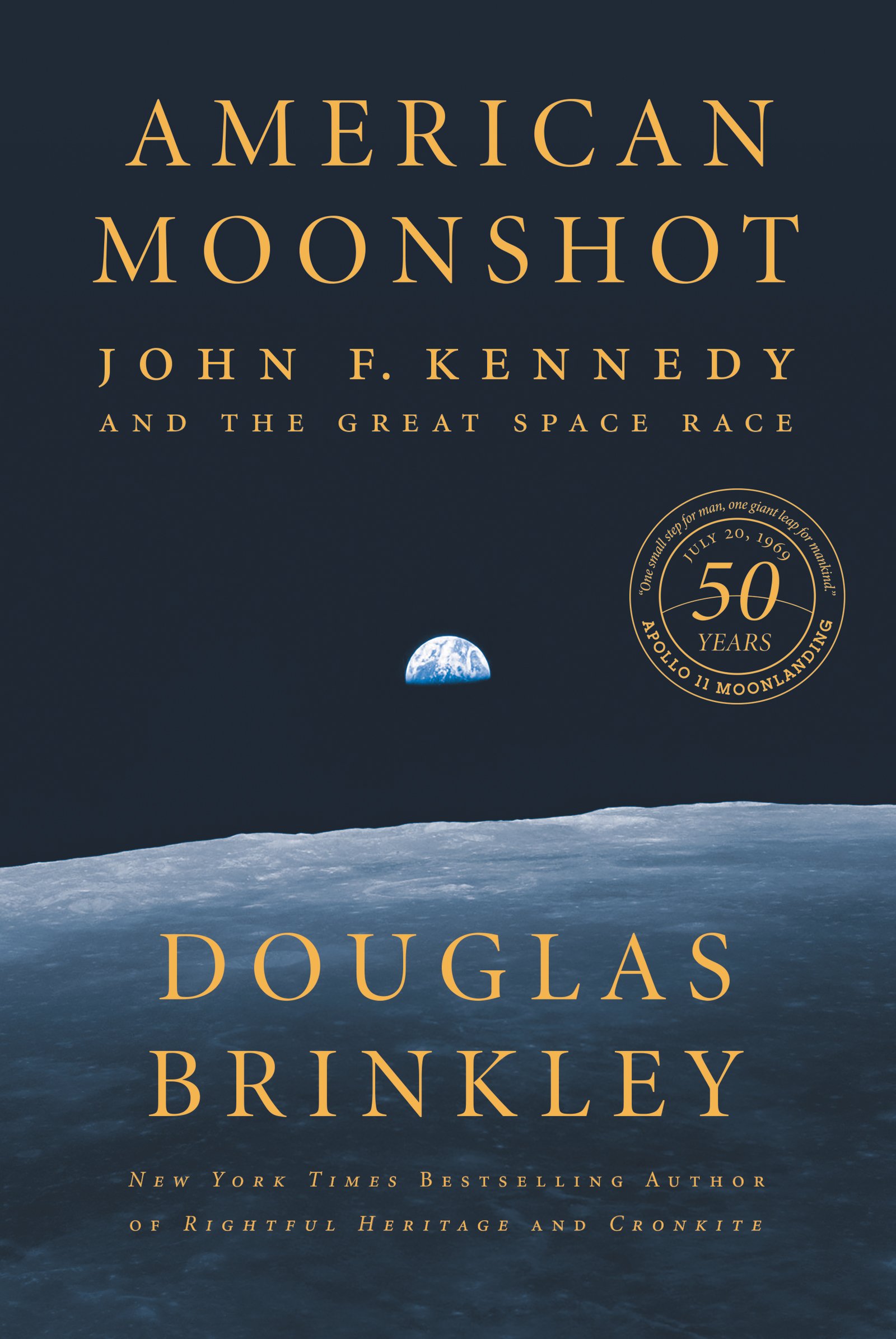Optical Properties 3
by Erich Kasper
2020-07-21 17:07:18
The first two subvolumes III/34Cl and C2 on the Optical Properties of Semiconductor Quantum Structures have been well received by the scientific community. They concentrated on theoretical concepts (chapter 1), experimental methods (chapter 2), III-V...
Read more
The first two subvolumes III/34Cl and C2 on the Optical Properties of Semiconductor Quantum Structures have been well received by the scientific community. They concentrated on theoretical concepts (chapter 1), experimental methods (chapter 2), III-V semiconductors (chapter 4), I-VII semiconductors (chapter 6), and IV-VI semiconductors (chapter 7) in subvolume Cl. The II-VII materials (chapter 5) have been treated in subvolume C2. The present subvolume III/34C3 finishes the review on optical properties, by adding the chapter 3 on group IV materials. There are exhaustive data on bulk materials including optical properties, starting from diamond C and going over SiC, Si, Ge, to the semimetal grey Sn, and including their alloys-see e.g. Landolt-Börnstein, New Series, Group III, Vol. 41Al 1 and 2, and A2 1 and 2. Silicon is the backbone of the worldwide semiconductor industry. It is an indirect gap material, which seriously hampers its use in light emitting or even laser diodes. There are some ideas to overcome this problem by forming group IV quantum structures like Si/Ge superlattices or nanocrystals. This hope triggers to a large extend the applied aspects of the research on the optical properties of group IV quantum structures. Though there are also relevant publications on the optical properties of group IV quantum structures involving C or Sn, the by far largest part of work in this field is devoted to the system Si/Ge. Therefore we concentrate here on this system.
Less






























